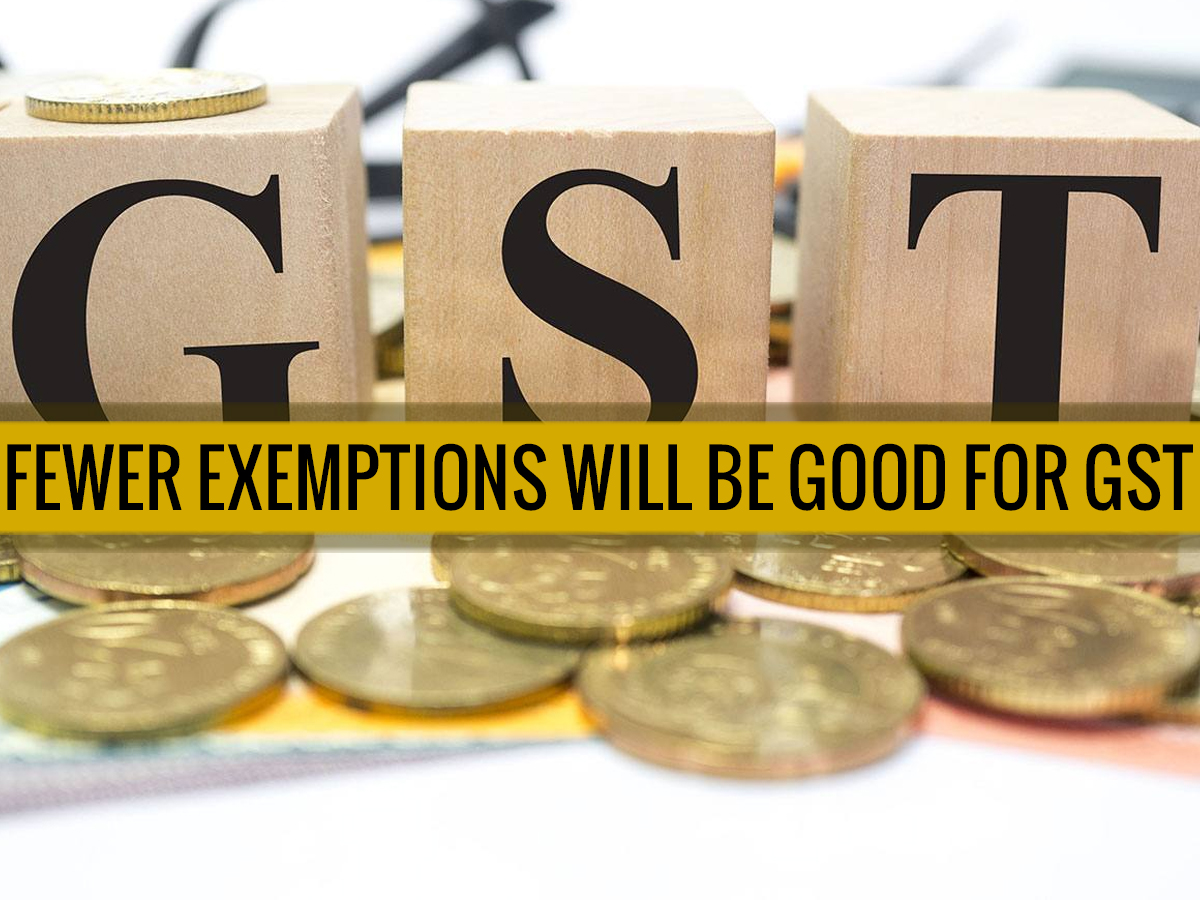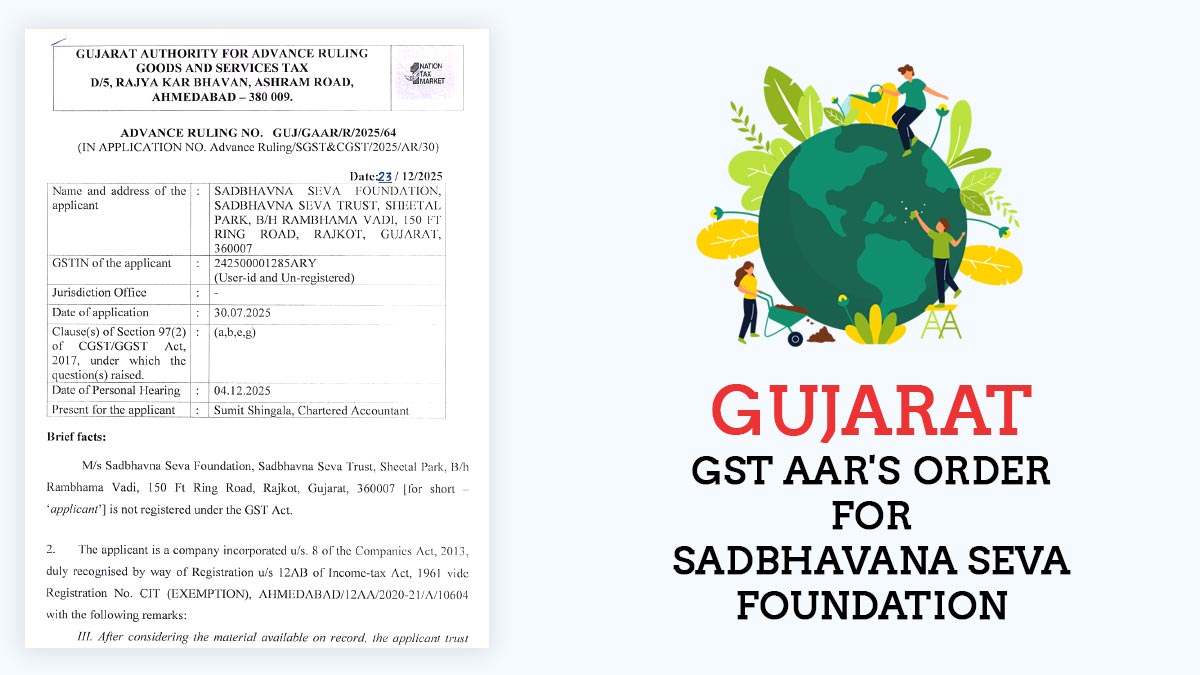
The biggest taxation reform of GST India has been considered well enough in both the house of parliament which notes down its significance and its power to fetch the benefits of 8 percent of additional investments of capital stocks prevailing in various sectors of the economy.
The benefits reaps are an investment which is compounded by earnings in productivity when interstate barriers will be eradicated from the general market of India. The major boost will be availed for the Investors and entrepreneurs which can freely operate their market all over the nation without the complex structure of taxation running right now.
The taxation scheme in the country was somehow overcharging the producer and the relative traders who deal with the producer, as cascading effects were heavy for the price and the taxes cannot be shifted at higher rates. Well, the GST is much more a consumption tax which covers in production and investment tax. Properly implemented GST into the structure, it removes the hindrances in tax supply chain.
The research has somehow found that minimum exemptions in the GST arena will boost the investment of capital stock by an average 8 percent. The exemptions will somehow bring down the overall GST effect.
The ability of ‘stretched GST’ (base stretched up to the permissible limit under the Constitution amendments) has much more than the planned ‘truncated GST’ (base truncated by exemptions) as per the study. The marginal effective tax rate is the base to understand the benefits the GST by the means of various scenario. The higher the effective tax rate, the lower will be the investment, as of now three conditions hs been taken into account. The first is the current pre-GST system of indirect taxation. The second is the ‘stretched GST’ system with no exemptions for petroleum, natural gas, electricity and real property, which is feasible under the amended constitutional rules. The third is the ‘truncated’ GST system, which appears to be the ‘real world’ GST system currently being developed.
The effective tax rate is demanded to be 27 percent according to the current system prevailing in the nation. The stretched GST system pulls it down to the 17 percent while the truncated GST rate will bring it to the 24 percent.
According to the search, one can find that GST has huge capabilities to unlock the investment rush, however, this is applicable on elasticizing the GST base to a considerable limit under the constitution. All these steps will surely make a fair and promising GST regime applied by the house of parliament.










